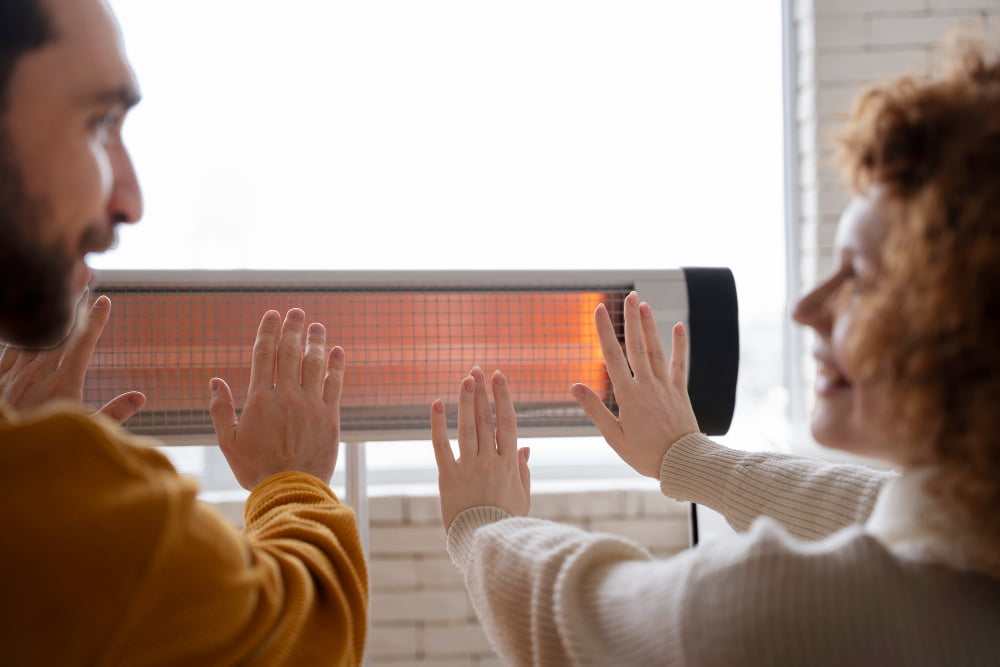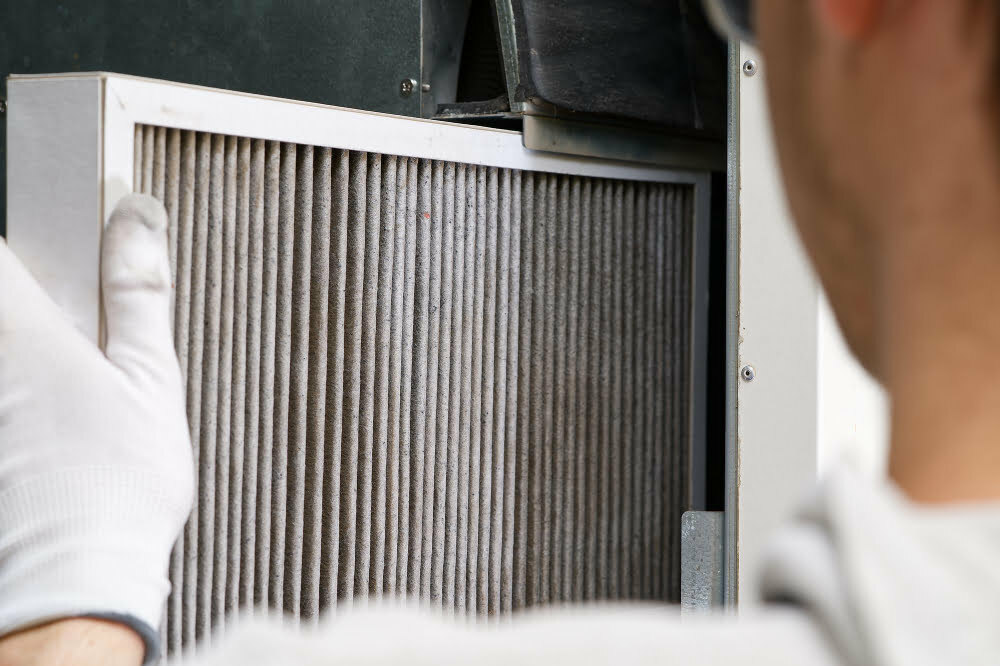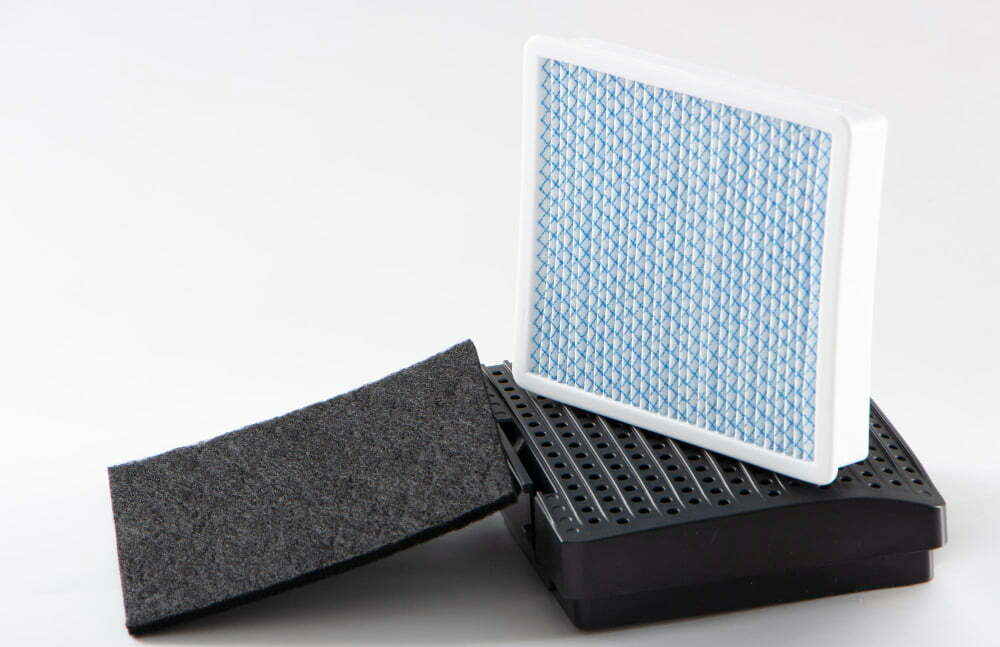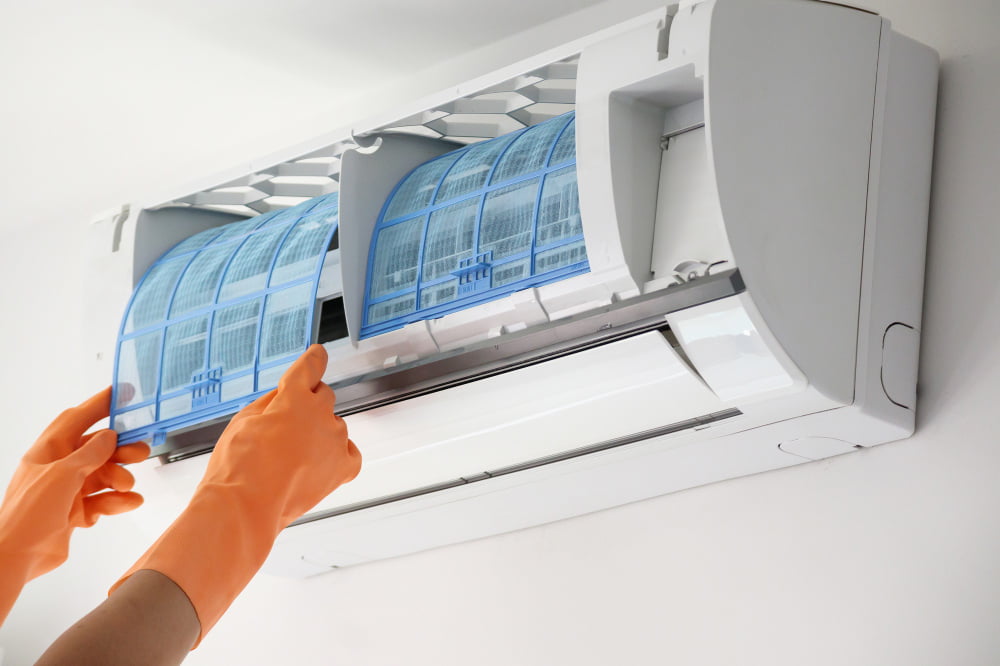In this article, we’ll compare HEPA, activated carbon, and UV-C air filtration systems to help you choose the best one for your home’s air quality.
As a child, I always loved playing outdoors. The fresh air, the smell of freshly cut grass, and the sound of birds chirping were all so invigorating.
But as I grew older and moved to a big city for work, I realized that the air outside wasn’t always so clean. Pollution from cars and factories filled my lungs with harmful particles that made me feel sick.
That’s when I started looking into ways to improve the air quality in my home. After doing some research, I discovered that there are many different types of air filtration systems available on the market today.
In this blog post, we’ll be exploring three popular types of air filtration systems: HEPA filters, activated carbon filters, and UV-C lights. We’ll compare their effectiveness at removing pollutants from the air and help you decide which is best for your home.
So sit back, relax and let’s dive into the world of home air quality!
The Air Quality Saga

The Air Quality Saga continued as I delved deeper into the world of air filtration systems. I learned that not all filters are created equal and that each type has its own unique strengths and weaknesses.
HEPA filters, for example, are great at capturing tiny particles like pollen, dust mites, and pet dander. Activated carbon filters excel at removing odors from the air by trapping volatile organic compounds (VOCs) such as smoke or cooking smells.
UV-C lights use ultraviolet radiation to kill bacteria and viruses in the air. But which one is best for my home? That’s a question many homeowners ask themselves when considering an air filtration system.
In this article, we’ll take a closer look at each type of filter to help you make an informed decision about which one will work best for your specific needs.
HEPA: A Breath of Fresh Air

After researching different types of air filtration systems, I decided to start with a HEPA filter. HEPA stands for High-Efficiency Particulate Air and is known for its ability to capture tiny particles in the air.
As someone who suffers from allergies, this was music to my ears.
I purchased a HEPA filter and placed it in my bedroom. Within days, I noticed a significant improvement in the quality of air that I was breathing while sleeping at night.
The constant sneezing and stuffy nose that had become routine were no longer an issue.
HEPA filters work by forcing air through a fine mesh that traps harmful particles such as pollen, dust mites, pet dander or even smoke from cigarettes or wildfires before they can enter your lungs.
One thing you should keep in mind when purchasing a HEPA filter is its MERV rating (Minimum Efficiency Reporting Value). This rating indicates how effective the filter is at capturing small particles; higher ratings mean better filtration efficiency but also require more frequent replacement due to clogging up faster than lower-rated filters.
Overall if you’re looking for an efficient way of removing allergens like pollen or dust mites from your home’s indoor environment without breaking the bank then investing into one might be worth considering!
Activated Carbon: Unmasking Odors

As I continued my research on air filtration systems, I came across activated carbon filters. These filters are designed to remove odors and volatile organic compounds (VOCs) from the air.
As someone who loves cooking with garlic and onions, this piqued my interest.
Activated carbon works by adsorbing (not absorbing) pollutants onto its surface area. The process of adsorption is similar to a magnet attracting metal shavings; the pollutants stick to the filter’s surface area like glue.
I decided to give an activated carbon filter a try in my kitchen since it was where most of our household odors originated from. After installing it in our range hood, we noticed an immediate difference – no more lingering smells after cooking!
But activated carbon isn’t just for kitchens; it can also be used in other areas of your home that may have strong odors such as bathrooms or pet areas.
While HEPA filters are great at removing airborne particles like dust and pollen, they don’t do much for odor control. That’s where activated carbon comes into play – unmasking those pesky smells that linger around your home!
UV-C: Invisible Defender

As I researched different air filtration systems, one type that caught my attention was UV-C lights. Unlike HEPA and activated carbon filters, UV-C lights don’t physically trap pollutants in a filter.
Instead, they use ultraviolet light to kill bacteria and viruses in the air.
At first glance, it may seem strange to use light as an air purifier. But after learning more about how it works, I was impressed by its effectiveness at eliminating harmful microorganisms from the air.
UV-C lights work by emitting short-wavelength ultraviolet radiation that damages the DNA of bacteria and viruses floating around in your home’s indoor environment. This damage prevents them from reproducing or spreading further throughout your living space.
While this technology is relatively new for residential applications compared to other types of filtration systems like HEPA filters or activated carbon filters; many homeowners are turning towards this invisible defender due to its ability not only eliminate airborne pathogens but also reduce odors caused by mold growth on surfaces such as carpets or walls.
Overall if you’re looking for an effective way to improve indoor air quality without relying solely on physical filtering methods then consider adding a UV-C system into your home’s HVAC system today!
Battle of the Filters

As I delved deeper into the world of air filtration systems, I realized that there was a lot of debate about which type of filter is the best. Some people swear by HEPA filters, while others claim that activated carbon filters are more effective.
And then there are those who believe in UV-C lights as the ultimate solution for clean air.
It’s easy to get overwhelmed with all these different opinions and conflicting information. That’s why I decided to do my own research and compare these three types of filters side-by-side.
I set up each filter in its own room and monitored their performance over several weeks. What did I find? Well, it turns out that each type has its strengths and weaknesses when it comes to removing pollutants from the air.
HEPA filters were great at capturing tiny particles like dust mites and pollen but struggled with odors from cooking or pets. Activated carbon filters excelled at eliminating smells but didn’t perform as well on larger particles like pet hair or mold spores.
UV-C lights were effective against bacteria and viruses but didn’t remove physical debris from the air.
So which one should you choose? It really depends on your specific needs! If you have allergies or asthma, a HEPA filter might be your best bet for reducing symptoms caused by airborne allergens such as pollen or dust mites; if you’re concerned about odors lingering around your home after cooking dinner every night then an activated carbon filter could be just what you need; finally if germs are a concern (especially during cold/flu season), consider adding some UV-C light power into your filtration system!
Ultimately though – no matter what kind(s) work best for YOU personally- investing in any kind of high-quality filtration system will help ensure cleaner indoor breathing spaces year-round!